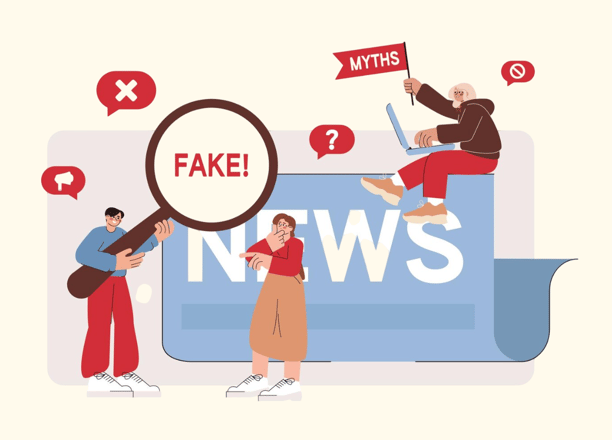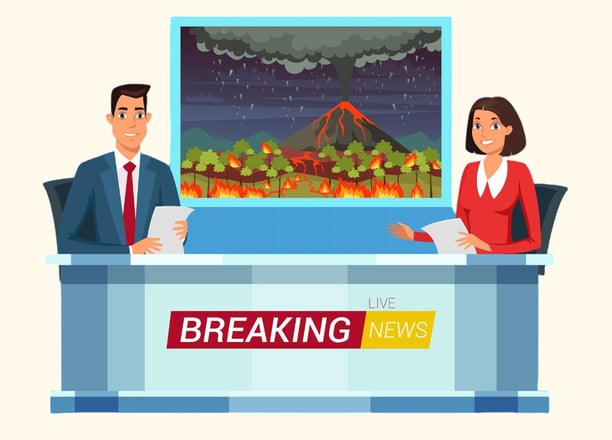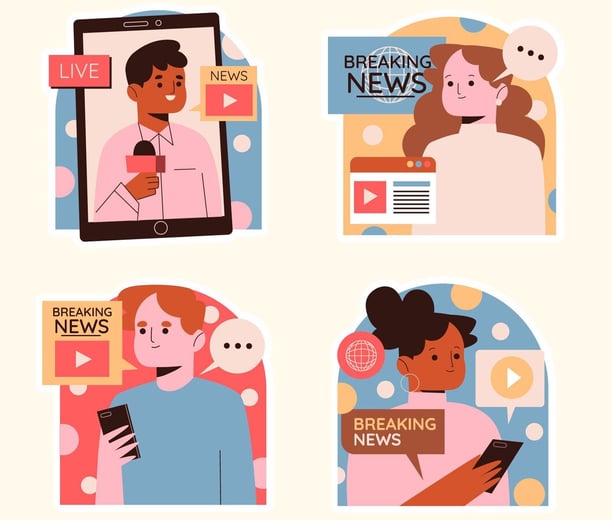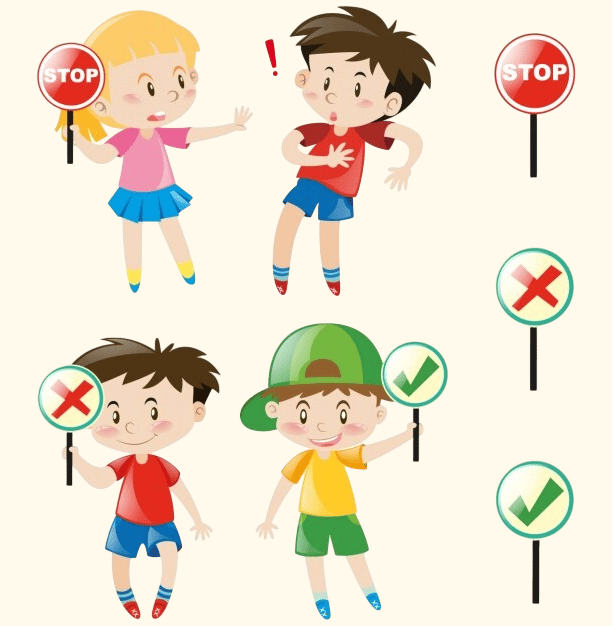Avoiding Fake News
Verify claims through multiple sources to avoid misinformation that could lead to danger. Fake news can spread quickly during crises, leading to confusion, panic, and poor decision-making. Learning to identify and avoid misinformation is critical for ensuring personal safety and making informed choices.
STAY INFORMED
12/26/20243 min read
Avoiding Fake News
Verify claims through multiple sources to avoid misinformation that could lead to danger. Fake news can spread quickly during crises, leading to confusion, panic, and poor decision-making.
Learning to identify and avoid misinformation is critical for ensuring personal safety and making informed choices.


1. Why Avoiding Fake News is Important
A. Prevents Misguided Actions
Fake news can cause individuals to evacuate to unsafe areas, misuse resources, or engage in unnecessary panic.
B. Reduces Anxiety
Misinformation often amplifies fear. Knowing the truth can help you remain calm.
C. Protects Resources
Following false leads about aid distribution or resource locations can waste precious time and energy.
D. Builds Trust
Sharing accurate information fosters trust within your community or group.
2. Characteristics of Fake News
A. Sensational Headlines
Often uses exaggerated language or clickbait to attract attention.
Example: "BREAKING: Authorities have ABANDONED the city!"
B. Lack of Verified Sources
News that doesn't cite credible sources or references anonymous individuals.
C. Inconsistent Details
Conflicting information within the article or compared to other reliable reports.
D. Emotional Manipulation
Aims to provoke strong emotions like fear, anger, or hope, often to manipulate behaviour.
E. Unprofessional Design
Poor grammar, spelling mistakes, and unpolished presentation are red flags.
3. Sources of Fake News
A. Social Media
Unverified posts, forwarded messages, or manipulated images/videos can easily go viral.
B. Rumors
Word of mouth can distort facts, especially during stressful situations.
C. Questionable Websites
Some websites masquerade as legitimate news outlets but are designed to mislead.
D. Fake Official Announcements
Scammers may impersonate government or relief agencies to spread misinformation or exploit people.
4. How to Identify Fake News
A. Verify the Source
Check if the information is coming from a reputable and established source, such as government agencies or known news outlets.
B. Cross-Check Facts
Look for the same information on multiple credible platforms. If only one source reports it, be sceptical.
C. Check Dates
Fake news often recycles old stories to make them seem current. Always verify the publication date.
D. Inspect URLs
Look for slight variations in website names (e.g., "newyorktimes.co" instead of "nytimes.com").
E. Reverse Image Search
Use tools like Google Reverse Image Search to see if images are doctored or taken out of context.
F. Evaluate the Tone
Reliable news uses neutral, factual language rather than dramatic or fear-mongering tones.
5. Tips to Avoid Falling for Fake News
A. Follow Trusted Sources
Subscribe to official government alerts, trusted news outlets, and verified social media accounts.
B. Avoid Forwarding Unverified Information
Do not share posts, messages, or videos unless you are sure of their authenticity.
C. Enable Notifications
Use trusted apps like FEMA, Red Cross, or local emergency management tools for real-time updates.
D. Learn to Fact-Check
Use fact-checking websites like Snopes, FactCheck.org, or local equivalents to confirm information.
E. Beware of Viral Content
Just because something is widely shared doesn’t mean it’s true. Be cautious with viral posts.
6. Dealing with Misinformation
A. Report It
On social media platforms, report fake news posts to help prevent their spread.
B. Correct Misunderstandings
Gently clarify misinformation when others share it, providing links to accurate sources.
C. Stay Focused
Avoid spending too much time debunking every piece of fake news. Concentrate on reliable updates and actions.
7. Why Fake News Spreads
A. Emotional Reaction
People are more likely to share content that provokes fear, anger, or shock.
B. Confirmation Bias
Individuals tend to believe and share information that aligns with their existing beliefs or fears.
C. Lack of Verification
In urgent situations, people often share news without confirming its accuracy.
8. Example Scenarios
Fake News: "All bridges out of the city have collapsed!"
Impact: People panic and avoid safe evacuation routes.
Solution: Verify with local authorities or maps.
Fake News: "Relief supplies are being distributed at [Location X]."
Impact: Crowds gather at the wrong location, wasting time and resources.
Solution: Check official relief agency announcements.
Avoiding fake news is crucial in crisis situations to ensure safety, reduce panic, and take the right actions. By verifying information, following trusted sources, and staying vigilant, you can protect yourself and others from the dangers of misinformation.








